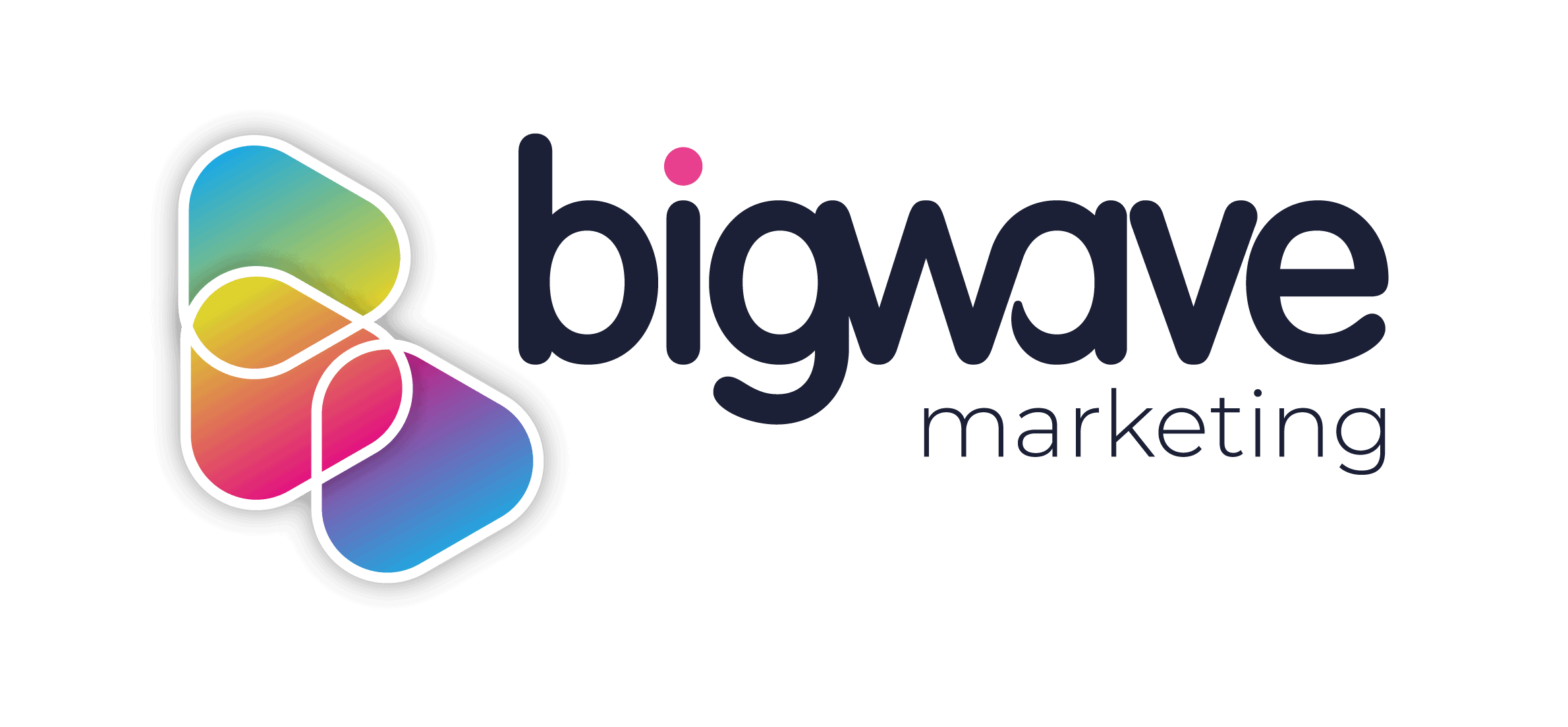When sales is the lifeblood of your business, making a good connection with your customers is paramount. But how do you reach out to potential customers? And how do you make a personal connection in a digital world?
There’s a whole host of ways to connect with potential customers these days, whether that’s through social media, phone calls, text message, or more. However, with market competition only increasing in recent years, it’s harder than ever to make a connection with your customer that convinces them to buy – let alone for sales teams to find the time to reach out to huge lists of individuals.
In fact, over 40% of salespeople say that prospecting is the hardest and most time-consuming part of the sales process. Despite this, consistent prospecting efforts might just be your most important activity.
One way to improve your prospecting efforts is to use email.
This is hardly a new concept, but whilst email is often used by both small businesses and large corporations, it’s email automation that can seriously boost your sales pipeline.
How can email automation help?
Here’s the thing about prospecting: you need to make several good attempts to convert each prospect before they buy. In fact, the average sale takes eight attempts, but it’s been shown that sales reps often give up after two.
And spamming your prospect isn’t the answer, as this is a sure-fire way to lose the prospect forever.
The secret to the right balance is all in the planning. Salespeople need to plan what to say, when they’ll say it, and what approach they’ll take. Then it’s a case of creating a varied bank of easily-customisable sales email templates that include a clear call to action and automation of key steps.
Use automation software to schedule sales emails
One of the great things about automation is that you can pre-programme and schedule a series of personalised emails at pre-defined intervals for each prospect.
It allows you to create email templates that include specifically tailored content at each stage of contact, write engaging and personalised subject lines, and follow through with multiple and varied attempts.
For example, you could have:
- An initial email reaching out to a prospect, often after they have given you their details such as their email address and phone number
- A follow up email a week later that explains what potential pain points your product/service can solve
- More information about the company or a case study/example a week later
Once a buyer responds, they are taken out of the sequence and won’t get any more automated emails.
This saves sales teams a lot of time because you only need to set up the schedule once, and don’t have to worry about which email to send next or when to send it.
This lets sales teams spend more time researching and customising each message for each prospect – as well as finding more potential customers.
What’s more, you can also set up scheduled tasks that prompt you to make a quick call before or after an email is scheduled to send, follow and/or interact with prospects on social media, or simply check the open rates of the emails you’ve sent.
Personalisation can boost open rates and response rates
Some companies rely on cold emails and cold calls to contact their prospects, but this completely removes any personalisation or personality.
Something as small as a subject line can make a huge difference to your open rates – and your success.
If a prospect doesn’t find the subject line interesting, they won’t read your email. Adding personalisation, questions, time sensitive offers, etc can entice a prospect into clicking your email and reading.
For example:
- [Name], what do you think of X?
- Is there a better way to X, [Name]?
- [Name], here’s an interesting piece of advice.
- Invite Only — [Event Name]
- Secret sauce for overcoming [challenge]
If you’re not convinced, then just know that emails with personalised subject lines are 26% more likely to be opened.
But you shouldn’t stop the personalisation at the subject line alone. We’ve all received generic, un-targeted emails from sales teams. So we all know that’s it’s annoying at best, and downright infuriating at worst.
Successful salespeople are renowned for their ability to connect with prospects on an individual level, so why should your emails be any different?
Here are a few easy ways to help effectively customise your messages and better connect with prospects:
- Personalised. You can automatically populate messages with your prospect’s name, company, title, and any other distinguishing information you have about them as long as your information about them is accurate.
- Specific. You should have a target persona or an ideal customer for your company. Make sure your recipient matches your target persona and is the kind of person who’d be interested in your product/service. You should also make sure you’re sharing content related to common pain points with prospects who fit the persona.
- Researched. To maximize response rates, do research to find something unique about the specific individual you’re contacting. This is a great thing to drop into your sales emails, as it shows a high level of personalisation and effort. You might even focus your entire first message on your findings.
Email automation doesn’t have to be about spamming your prospect until they either buy from you or block you. By injecting your sales emails with personalisation you can enrich the buying experience for your prospects, and by using email automation, you can do so faster, more efficiently, and more effectively.
With the right planning, you’ll build a prospecting machine that consistently feeds quality opportunities into your sales funnel.

